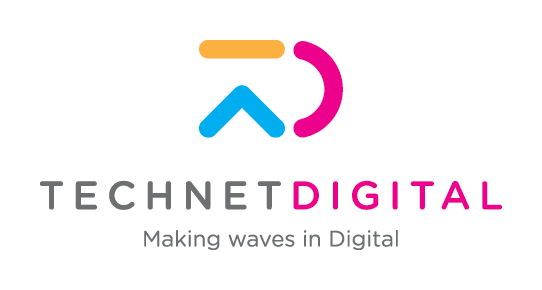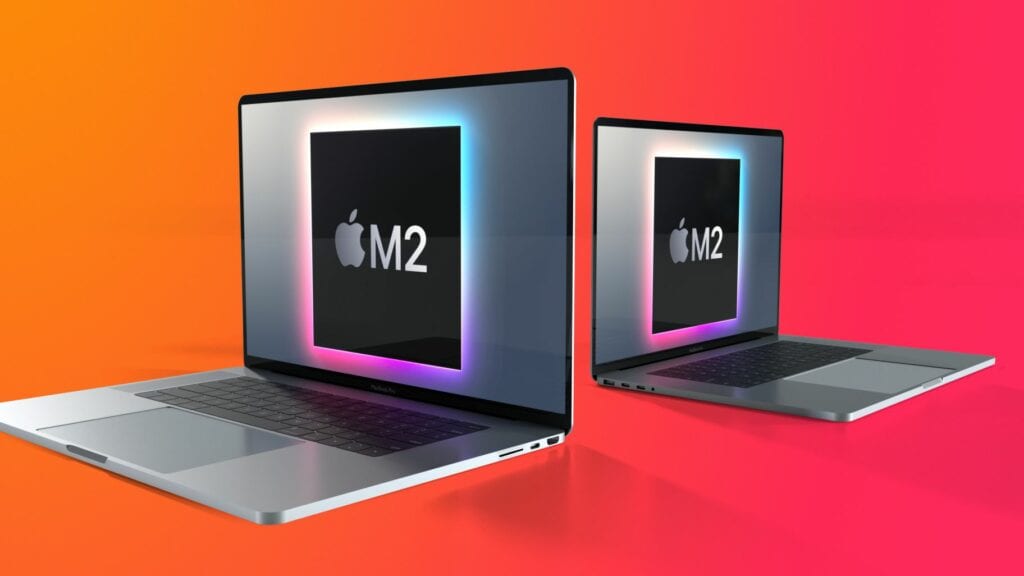
What’s Next in Wireless Technology?
Wireless technology has come a long way in recent years. Although it was first thought of by Nikola Tesla, wireless technology is entering various markets to support other devices or innovate the industry.
Implemented Now
Currently, wirelessly charging phones are a big deal in wireless technology. From Samsung to Apple, phones that charge on wireless pads are the newest device feature.
Starbucks led the charge of offering wireless charging stations at their stores, and other large chains or public areas either have it or will be adding it soon. Apple will soon be releasing a charging pad to power up multiple devices at once. Other companies are also offering wireless charging tables to consumers.
In Development
Looking into the near future, many companies are looking at taking wireless charging beyond handheld devices.
Automotive
- WiTricity – This technology uses transmitters and receivers that contain magnetic loop antennas on the same frequency. The company is working on an on-ground charging pad for electric cars. They want to adopt the system to charge all range of cars from low, medium and high ground clearance (i.e. sports cars, sedans, SUV’s).
- Elix Wireless – This company wirelessly charges devices via magneto-dynamic coupling. This system uses rotating magnets, in the transmitter and device begin charged, separated by an air gap. The transfer of power occurs by rotation of the magnet in the transmitter causing the magnet in the device to rotate in sync. Currently, this technology is only for cars, but the company has explored using it in other industries.
Home / Office
- Wi-Charge – A hotspot mounted on a wall or ceiling to provide coverage over an room. A single transmitter can send up to 3 watts of power to a device. Power is transmitted via infrared beams by line of site from the hotspot to the device.
- Ossia – This company’s Cota technology can link to multiple surrounding devices within a seven-meter radius. Charging power is sent via radiofrequency. The technology is available in different formats, including ceiling tiles and AA batteries.
- Energous – Charge devices in the same area as the platform. It utilizes Bluetooth to search for devices that have given its permission to be charged via the app. The transmitter has multiple antennas to send signals to a receiver that then transfers power into the device.
- uBeam – Uses ultrasound to transmit power to various devices. The transmitter, which looks like a speaker, sends out high-frequency sound (inaudible to humans and animals). The antenna then directs the sound to a microphone-like receiver on the outfitted device.
Looking to the Future
There are many ways that wireless technology will be used in the future. In the health industry, scientists are looking at using this technology to save lives.
- Ingestible Capsules: Ingestible capsule containing a device that is controlled using Bluetooth wireless technology. The device can slowly deliver drugs that need to be taken over a long period of time. It also could be used to sense infections or allergic reactions, and then release a drug in response. The device could also be used to pool information from other wearable or implanted medical devices.
The capsule surrounding the device dissolves once swallowed and it unfolds into a Y-shape. It can stay in the stomach for about a month before breaking up into smaller pieces and passing through the digestive tract.
“We can potentially create customized ingestible electronics [which will be] tailored based on a specific medical application, which could lead to a personalized diagnostic and treatment that is widely accessible,” said Yong Lin Kong to MIT News.
- Hearing aids: Bluetooth hearing aids are currently available on the market. They allow users to pair their hearing aids with Bluetooth devices to listen to music.
However, there is the opportunity to charge hearing aids wirelessly. With tiny batteries that are harder for older individuals to install, wireless charging could be helpful for them.
Wireless technology is on its way to improving or helping consumers in their daily lives. But even in the near future, companies are looking to implement this technology into various industries. Soon all of our devices and daily lives will be wireless.
About author: Marie Johnson is a contributor to Enlightened Digital, UX Designer and technology writer from New York City. If she’s not writing her latest blog post in her kitchen, you’ll likely find her strolling through Central Park, cappuccino in hand.





